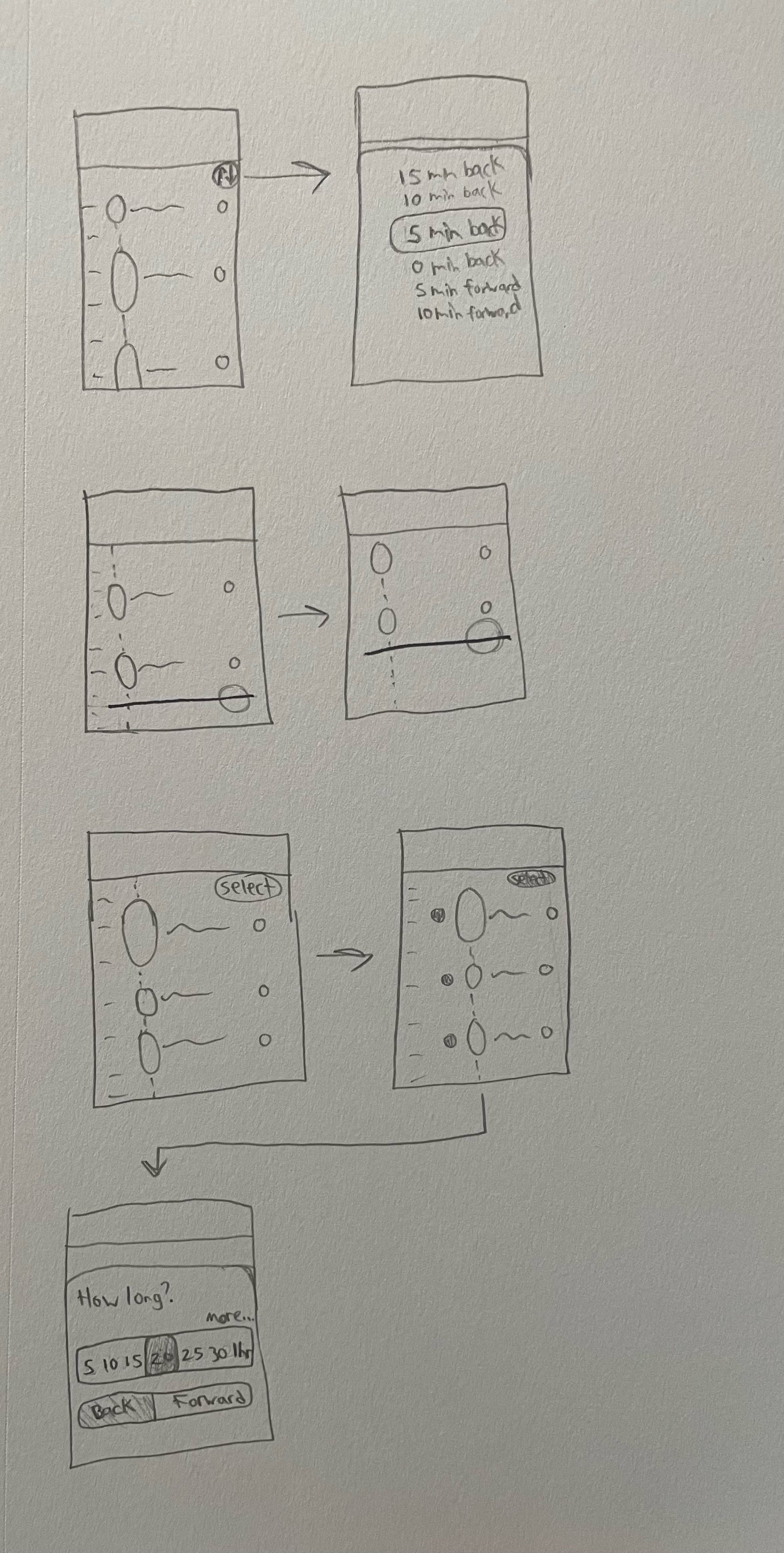Ideation Techniques
Ideation is the biggest part of the design process. Everything has been leading up to coming together to think of solutions to the problem. When this time comes, it is important to understand that there are many ways to ideate and you should pick the best one for your situation.
Types of Ideation
Brainstorm (and dump, and write, and walk)
Everyone is familiar with the idea of “brainstorming”: a group of people get together and throw out ideas, building on each other’s thoughts until the best one emerges. But there are other ways to brain.
Brain-dump is the first one. While a storm is multiple people, a brain-dump involves individuals spilling all of the ideas they can come up with onto a page and sharing it later. Since it is an independent exercise, people are free to ideate at their own pace without the mayhem of a large group. This does mean they may miss out on the spontaneous ideating and iterating of a brainstorm however.
Brain-write is both a personal and group activity.
In Practice
To practice some techniques, I ideated solutions to the POVs I created for three task manager apps. I mainly used brain-dump and SCAMPER then created sketches off of those.
Structured
POV Statement 1
Users who have changing schedules need to be able to easily move around or set back tasks because adjusting them individually takes too much effort.
Brain-Dump
Button to adjust all tasks by a certain amount of time
Bar at bottom that you can hold and slide all the task times
SCAMPER
Combine + Adapt: Combine the check mark ability with the task time selector. Do this to create a button like in a photos app where when you tap it, it opens another set of bubbles to let you select objects. Then you can bulk adjust the times of the selected tasks eg. 1 hour back, 15 minutes later.
POV Statement 2
Users who have recurring tasks need to be able to easily make and change repeating events because maintaining schedules is a core feature.
Brain-Dump:
Menu that lets you select which days to apply the recurring task to
SCAMPER:
Adapt: Change “How often?” setting to include options like weekends or weekdays
Adapt: Change to layout like the iPhone clock app where you can select days of the week to repeat and it will adjust to say “every weekday” or “every weekend”
Microsoft To-Do
POV Statement 1
Users who accidentally check off unfinished tasks need an undo button because it is too easy to check an item without seeing what it was.
Brain-Dump:
Add an undo button
SCAMPER:
Modify: Change it so a task doesn’t disappear when you complete it, you have to do another step to hide it away
Combine: Add sorting system from other parts of app to show all tasks, only complete, only incomplete, etc.
Presentation
Check out my ideation and sketches in a final presentation by clicking the button below!



